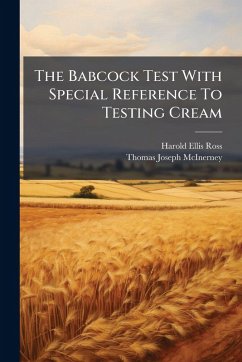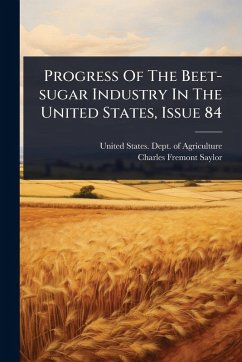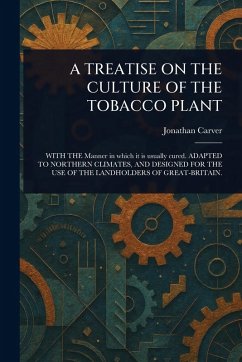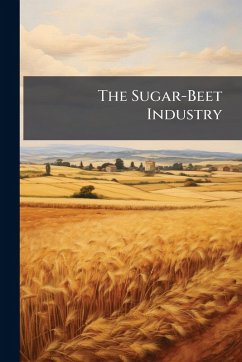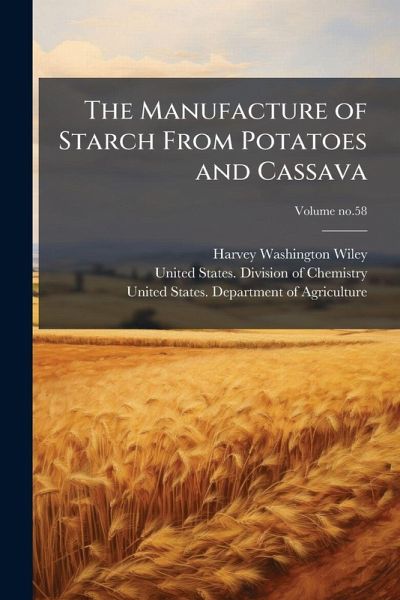
The Manufacture of Starch From Potatoes and Cassava
Versandkostenfrei!
Versandfertig in über 4 Wochen
16,99 €
inkl. MwSt.

PAYBACK Punkte
8 °P sammeln!
"The Manufacture of Starch From Potatoes and Cassava" (Volume no.58) delves into the intricate processes involved in extracting starch from two key agricultural products. This comprehensive volume, originally published around 1900, offers a detailed look at the methods and technologies employed in the starch industry at the turn of the century. Authored by Harvey Washington Wiley, along with contributions from the United States Division of Chemistry and the Department of Agriculture, the book provides valuable insights into the chemical and mechanical aspects of starch production. Readers will...
"The Manufacture of Starch From Potatoes and Cassava" (Volume no.58) delves into the intricate processes involved in extracting starch from two key agricultural products. This comprehensive volume, originally published around 1900, offers a detailed look at the methods and technologies employed in the starch industry at the turn of the century. Authored by Harvey Washington Wiley, along with contributions from the United States Division of Chemistry and the Department of Agriculture, the book provides valuable insights into the chemical and mechanical aspects of starch production. Readers will discover the historical context of these manufacturing techniques and gain an appreciation for the scientific principles underlying them. This book is an invaluable resource for historians of science and technology, as well as anyone interested in the evolution of agricultural and industrial chemistry. This work has been selected by scholars as being culturally important, and is part of the knowledge base of civilization as we know it. This work was reproduced from the original artifact, and remains as true to the original work as possible. Therefore, you will see the original copyright references, library stamps (as most of these works have been housed in our most important libraries around the world), and other notations in the work. This work is in the public domain in the United States of America, and possibly other nations. Within the United States, you may freely copy and distribute this work, as no entity (individual or corporate) has a copyright on the body of the work. As a reproduction of a historical artifact, this work may contain missing or blurred pages, poor pictures, errant marks, etc. Scholars believe, and we concur, that this work is important enough to be preserved, reproduced, and made generally available to the public. We appreciate your support of the preservation process, and thank you for being an important part of keeping this knowledge alive and relevant.





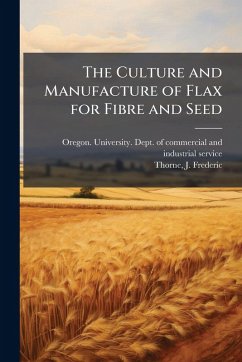
![Results Obtained in 1910 on the Dominion Experimental Farms From Trial Plots of Grain, Fodder Corn, Field Roots and Potatoes [microform] Cover Results Obtained in 1910 on the Dominion Experimental Farms From Trial Plots of Grain, Fodder Corn, Field Roots and Potatoes [microform]](https://bilder.buecher.de/produkte/64/64369/64369526n.jpg)

